One person like that
1 Shares
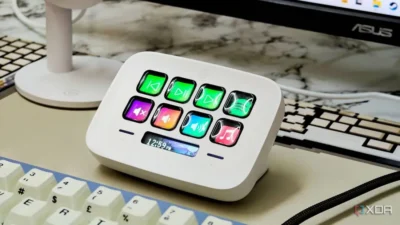
I’ve done a video before about how I’m using my Stream Decks (I even bought a second one) for so many different things.
I’m using about 20 different pages at the moment and can quickly move between them to fire up regularly used apps, including my notes manager with specific notes, run updates, be alerted of events from Home Assistant, open certain reference web pages, quite a few of my games, change mouse profiles, etc.
The power really comes with unlimited pages that you can customise, and the ability to show status or feedback on each button.
See xda-developers.com/10-non-stre…
#Blog, #productivity, #StreamDeck, #technology

Bitfocus Companion enables the reasonably priced Elgato Streamdeck and other controllers to be a professional shotbox surface for an increasing amount of different presentation switchers, video playback software and broadcast equipment. It has over 500 ready-to-use connectors to interface with numerous hardware devices (for presentations, music and video production work, cameras, etc) and for software services (YouTube, Twitch, Google Sheets, Zoom, OBS Studio, Slack, Home Assistant, etc).
In this video, I show how I’m using it for general gaming and productivity use at home. I show examples of how to start creating buttons, how to use delays and feedbacks, and some workarounds for auto-page changing (if you have a small deck), using global shortcut keys under Wayland and X11, opening an Obsidian Note, running OS updates, and more. I also show a workaround I use in gaming to hold a button to execute repairs whilst I do other things in the War Thunder game, like shooting back at the enemy.
My Stream Deck also works as a mini-dashboard for my Home Assistant to alert me of warning conditions for my solar system, home router, server, etc.
I spend some time too on the page I use for OBS Studio which has a button that visually shows the microphone recording level, zooming controls, warnings for microphone muted, etc.
The video is intended to give you a feeling of what this software can do and what its interface looks like. I also do a quick high-level comparison of how it compares to the StreamController software, which I did a video about a month or two back. In that video, I also showed how I use a Stream Deck to automate some spreadsheet functionality.
Watch youtube.com/watch?v=zakLajaUZY…
#Blog, #opensource, #productivity, #StreamDeck, #technology
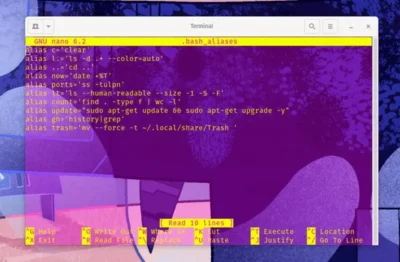
For those who don’t know, bash aliases allow you to create unique command shortcuts. So, a simple word can be used to run a more complex command which may have a lot of additional parameters, e.g. just type the word ‘update’ to execute an update command complete with a few extra parameters.
You don’t necessarily want aliases for absolutely everything that is possible, but certainly those commands or queries that you often run, can make your life a lot easier and quicker. The same goes for commands that aren’t easy to recall, as a good alias makes them more meaningful.
There are some interesting suggestions at the linked article below.
See zdnet.com/article/try-these-li…
#Blog, #linux, #productivity, #technology
Mirlo: a free and collective alternative to Bandcamp
🇫🇷 Un magasin de musique en ligne libre et collectif fait son apparition ! ✊🎶 Leur objectif: proposer un outil simple, efficace et adapté aux artistes qui veulent vendre leur musique en ligne. Le site fonctionne déjà et les futures mises à jour risquent de vous plaire: 🤝 fédération, 👕 vente de merch et CD, 💸 rémunération récurrente ou ponctuelle, 👔 gestion d'artistes et labels... le tout porté par des valeurs anticapitaliste et anarchistes ! Ses 3 fondateurs, vétérans dans ce domaine (Ampled, FunMusicPlace) sont actuellement à la recherche de financements *pour l'année 2024... *Donnez-leur un coup de main !
⏩ Partagez ce post, faites un tour sur leur site et sur leur kickstarter, et voyez par vous-même ;)
https://www.kickstarter.com/projects/mirlo/mirlo
🇺🇸 An opensource and collective music storefront appears ! ✊🎶 Their objective: build a simple efficient and adapted tool for the artists selling their music online. The website is already up and running but future updates might interest you even more: 🤝 federation, 👕 disc & merch store, 💸 recurring patronage or one-off payments, 👔 artists and label management... all brought together by anticapitalistic and anarchistic values ! Its 3 veteran founders (Ampled, FunMusicPlace) are currently seeking infrastructure funding for the rest of 2024... Help them out !
⏩ Share this post, have a look around on their website and kickstarter page, and see for yourself ;)
https://www.kickstarter.com/projects/mirlo/mirlo
#mirlo #bandcamp #layoff #layoffs #musician #musicien #collective #collectif #music #musique #musica #distribution #distributionplatform #corporate #startup #jeunepousse #bigtech #share #support #kickstarter #crowdfunding #crowdfunder #financementparticipatif #opensource #libre #anarchist #anarchiste #anarchy #anarchie #anticapitaliste #anticapitalisme #anticapitalist #queer #lgbt #lgbtqia+ #lgbtqiap+ #lgbtqiap #lgbtq #lgbtqia #community #communauté #network #label #e2c #exit2community #exittocommunity #solidarity #solidarité #economy #economie #économie #ampled #new-york #newyork #funding #label #musiclabel #productivity #partage #entraide #social #internet #online #travail #work #cooperation #collaboration #ethique #ethics #culture #storefront #magasin #federated #fédéré #federation #2024 #patronage #mécénat #remuneration #funmusicplace
Getting things done https://yu7.in/cCZNKp (Expanded URL: https://mindaslab.github.io/2024/03/07/getting-things-done.html)
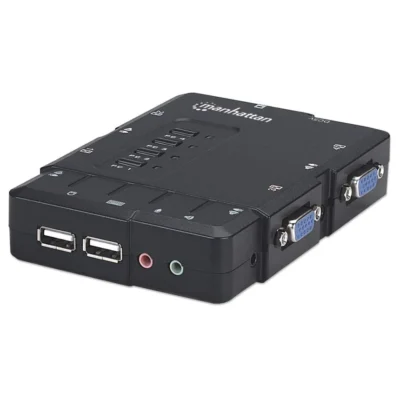
The right tool for the job can often make things very much easier. A KVM switch is ideal for switching quickly between two or more computers whilst using the same peripheral devices.
But also consider whether you otherwise need a multiviewer instead. A multiviewer is used more when you want to display maybe some extra external video on your screen in a split view or picture-in-picture mode. An example is you maybe want to always keep an eye on your security camera. It really allows additional HDMI video signals on one display.
See https://www.xda-developers.com/kvm-switch-must-for-dual-pc-setups/
#Blog, #productivity, #technology
Source: https://www.thenation.com/article/economy/degrowth-communism-green-new-deal/
#Capitalism is always trying to raise workforce #productivity in order to cut costs. Rises in workforce productivity allow the same amount of #production to occur with fewer workers. When this happens, the economy’s size remains constant while unemployment rates rise. But capitalism also makes it impossible for the unemployed to live, and politicians hate high unemployment rates. For this reason, there’s a huge amount of pressure for the economy to keep expanding indefinitely so as to maintain the rate of employment. This is why a rise in productivity results in the expansion of the #economy. This is the Productivity Trap.
#news #problem #work #society #system #politics #change #future #environment #climate #emissions #co2 #nature
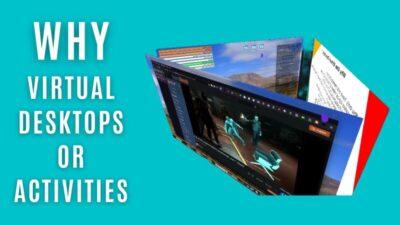
No matter what OS you use, virtual desktops, workspaces, and activities allow us to better separate and group our activities more logically together. If you dislike clutter, and want better productivity and organisation, then this video is worth watching if you have not yet explored this before.
Although this video focuses on general Linux and KDE users, I do cover why someone would want to use virtual desktops or workspaces. As these features exist too on Windows and macOS, this may be of interest to those users, and also to compare with how Linux does it.
This is not a step-by-step how-to-do-it video, as my videos focus more around an overview of why you may want to use something, and what it can do for you. If you like the concept of virtual workspaces, there are plenty of how-to videos to get started.
I specifically delve into the differences, too, between virtual desktops/workspaces and KDE activities.
Watch my video https://youtu.be/wq-7KEeH7_U
#Blog, #opensource, #productivity, #technology, #virtualdesktops

I did buy my Galaxy S23 Ultra primarily for its camera, but I did justify the buy too, thinking that a built-in stylus would be really useful as well… But just using that S Pen for notetaking and signing the odd PDF is a real waste of what more that S Pen actually can do! It is more than just a stylus.
The video linked below really needs to be watched every month, as I’ve seen one similar to it a year ago, and I’ve forgotten most of this.
For me, some highlights are:
The only way really to remember this functionality is to get into the habit of using some of the additional features, and refreshing your memory around what all it can do. I did make some summary notes in Google Keep at the time, but I’ve not really looked at them again.
Which brings me to two other points:
Watch https://youtu.be/B5DrJYScXT4?si=F7hJHLzRY1DiXFK4
#Blog, #productivity, #spen, #technology
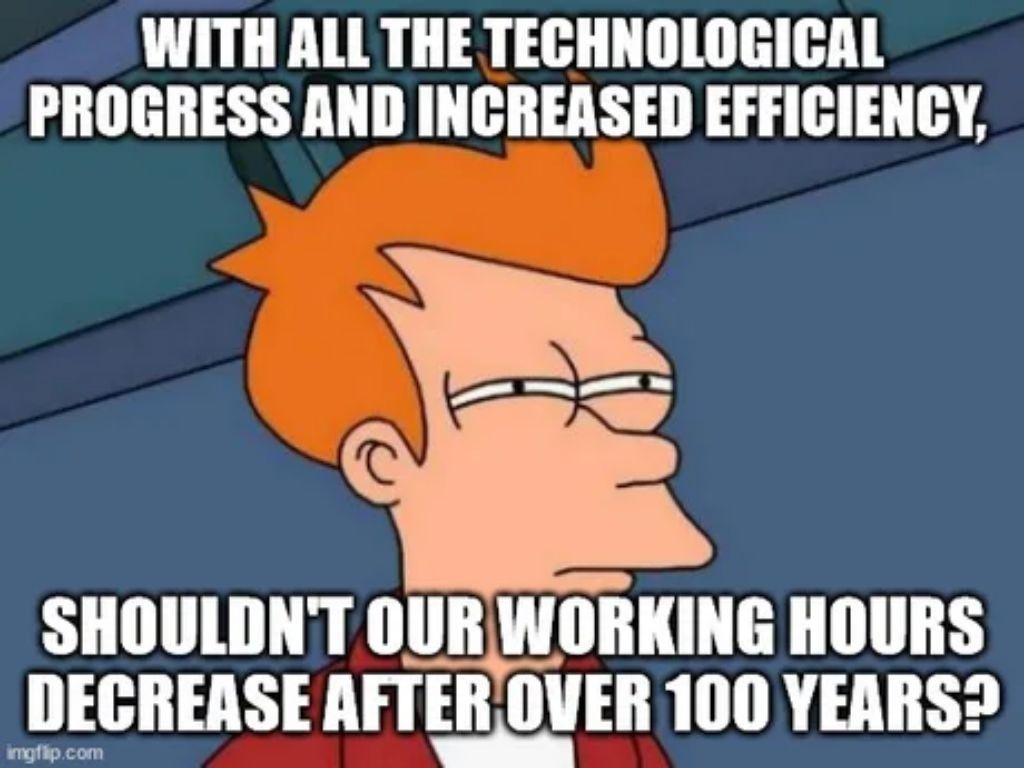
#work #labour #economy #technology #future #climate #environment #meme #memes
"We're in a productivity crisis, according to 52 years of data. Things could get really bad."
"From 1870 -- 1970, there was an incredible 50x increase in the productivity of the average manual worker. Let me break that down so it really lands for you like it did for me:"
"50x Increase: Imagine getting 50 hours of work done in one hour. Or imagine doing the work of 50 people by yourself."
"On Average: We're not just talking about a 50x increase for the most ambitious, smartest manual workers. We're talking about all manual workers."
"To put the profundity in context, the 'Great Boom' is one of the most amazing and under-appreciated events in economic history."
"Bizarrely, in 1970, lots of things started going downhill."
"The productivity growth rate decreased significantly (known as the productivity paradox)."
"At the same time that productivity overall was increasing (even if the growth rate dropped), most of the productivity gains went to the top earners while the middle class stagnated. This is known as the Great Decoupling."
"This stagnation is a big deal. When you stop believing that your kids will have a better life than you, you stop believing in the 'American dream.' And according to a 2022 survey of 1,300+ people in 19 countries, 70% of survey respondents believe their children would be worse off financially -- a significant increase compared to previous years."
"Other examples of stagnation include:"
"The price of energy is stagnant rather than decreasing."
"Transportation isn't moving faster than decades ago (ie, cars & planes)."
"Biotech innovation is 1/3 the rate compared to 20 years ago."
"Healthcare costs are increasing significantly without a big results increase."
"Higher education fees are increasing significantly without a big results increase."
"The high school graduation rate plateaued."
"The average lifespan in developed countries is stalling."
"Agricultural innovation has decreased significantly for the first time in nearly a century."
"Large construction projects are more expensive and take much longer."
"While there are more innovations overall, there are fewer innovations per person."
He (Michael Simmons) goes on to dismiss Moore's Law. This kind of surprised me. I've been taking it as a truism that productivity moved from the world of atoms to the world of bits is still productivity. Digital devices still confer benefits to their users, even if they don't result in increased energy production or any other traditional measure. The amount of entertainment, to cite one example, available to anyone with an internet connection today, would cost a fortune if someone tried to buy all the same stuff (whatever the rough equivalents would be) in 1970. It is to the digital revolution's credit that it has delivered more and more benefit without increases in energy consumption, material consumption, and so on -- it should not be a criticism. If it delivers benefits that are free or very close to free, then it is to be expected that such benefits will be hard to measure by traditional money-based measurements.
He has the (now famous) graph of the decoupling between productivity and wages, and that's what I thought the real issues was. That and the skyrocketing cost of certain non-digital goods, like housing, healthcare, and education.
He goes on to predict dire consequences: war, currency collapse, rise of communism, and environmental catastrophe. Well, I guess whether "rise of communism" counts as catastrophic depends on your political orientation; a lot of people are pro-communism. When the word comes up in conversation, I always ask people to define "communism" so I know what they're talking about when they use the word. Here, he doesn't give a definition, but says, "The more growth stalls, the more people there are calling for revolution, not just reform." That seems to be his point: stalling productivity is likely to lead to revolutions within countries, not just wars between countries.
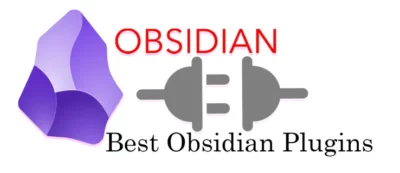
I had not tried Omnisearch, but apart from that and Advanced Tables, the suggested ones are not really “my best ones”. But the linked article does again highlight one of Obsidian’s most powerful features – it’s community plugins. Many note takers are good Markdown editors, but few come close to rivalling Obsidian’s plugin power, largely created by the community themselves.
Even though free Obsidian is not open-source, it gained a lot of traction and users have created so many valuable plugins. I also like that it leaves all my Markdown formatted files in place where they are. One excellent open-source notes editor I tried, insisted on inserting an odd character at the start of every new line as it was intended an outliner, not a notes editor. Thing is, I like to keep my notes as standard as possible so that I can switch to another note taker in future.
The ones I find really useful are:
But we all have different requirements (like some wanting to play Zoom inside Obsidian, use AI, publish to Nostr, etc), so it is well worth browsing the community plugins and seeing what is of interest to you. There are around 1,180 plugins right now.
See https://www.alphr.com/best-obsidian-plugins/
If you’ve not seen Obsidian, I did quite a long video about it at https://www.youtube.com/watch?v=q_4LR76g-jU
#Blog, #markdown, #notes, #productivity, #technology
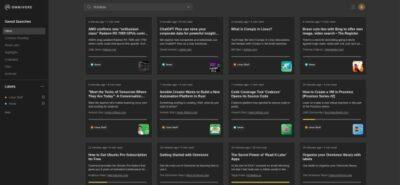
I use read-it-later services extensively to save any news I want to do blog posts about later, or something I want to look at in more detail when I have time (and three monitors).
I had been self-hosting Wallbag for quite a while, and did a video about it too, but I had some issues re-installing it when I moved to Docker container hosting on my VPS.
Ominvore certainly looks very interesting, with a modern interface and quite a few useful features. I’m starting so long with their free cloud hosted service, and could register with ease, and even initiate an import from Pocket. They do have a docker-compose file for setting up containerised self-hosting, but I’m going to wait a bit just to see if that matures a bit, as it seems it is early days still and no proper guide has been completed yet for it.
Apart from the usual saving links for reading later, with tags, archiving, etc, it also supports a clutter-free reader view for easy reading without adverts. In the reading view you can also change formatting, highlight text, add/view notes (in a Notebook view), and track reading progress across all devices (each note also shows a yellow progress line on its tile view to indicate reading progress).
It also has a feature for subscriptions via e-mail. Omnivore can generate unique e-mail addresses you can use for subscribing to online newsletters, and it is intelligent enough to realise that if a mail contains a welcome message, note from the author, etc that will be forwarded by Omnivore to your main e-mail address (without exposing that to the newsletter service).
It also has integration with Logseq, Obsidian notes, webhooks, and more.
You can save links by adding them in the app, using a browser extension, or by using the share option on mobile devices and just selecting to share to the Omnivore app.
There is no price model yet set up for the service, but I’m pretty sure they’ll have an ongoing useful free tier with their online service, and probably only charge for some more advanced functionality. There is always the self-hosted option too. But for now, this looks very functional and useful to me, and I’ve started using it.
See https://omnivore.app/
#Blog, #opensource, #privacy, #productivity, #readitlater, #technology